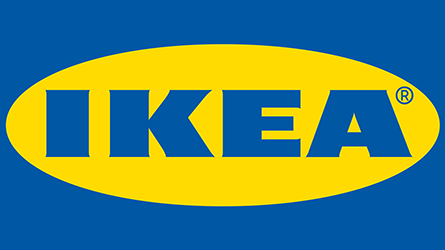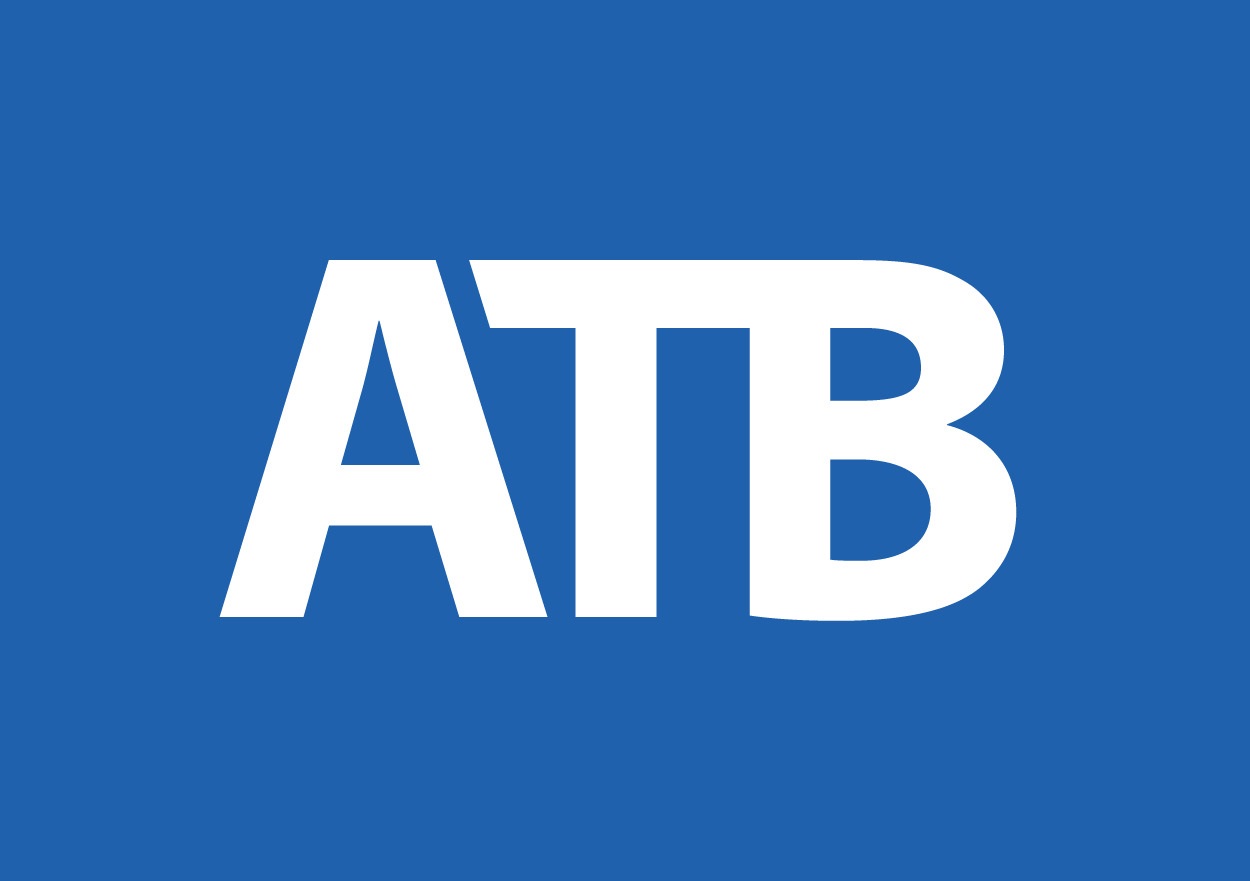Executive leadership plays a crucial role in engendering change and driving progress on gender equality in an organization.
Gender equality transformations are more likely to succeed when an organization’s leaders are consistently active and involved in all aspects of gender equality. Leadership commitment and action is crucial to an organization’s ability to improve inclusion and transparency and accountability. A McKinsey Global Institute survey found that organizational transformations were 5.3 times more successful when leaders role modelled the behaviour changes they were asking their employees to make.
Success Factors for Leadership
- Leaders must champion gender equality and make it a strategic priority embedded across the organization and its value chain.
- Leaders must model bold actions and inclusive behaviour that goes beyond the minimum requirement. When leaders model appropriate behaviour and make gender equality initiatives familiar and personal, employees are more likely to take notice.
- Leaders should proactively respond to the needs of diverse individuals rather than reactively responding when issues arise. Approach decision-making processes from a gender-responsive and intersectional lens and use feedback loops to analyze progress on an ongoing basis.
- Engaging men in leadership positions to take action is essential to move the needle. According to Boston Consulting Group (BCG), 96 percent of companies see progress when men are actively involved. During company consultations, it was noted that a key issue leadership faces is bringing men to the table. Men account for 75 percent to 85 percent of all senior vice presidents and C-suite executives, and CEOs in Canada.
Good Practices in the Private Sector

“Our goal at EDC is to have a workforce that mirrors Canadian society. It’s our responsibility to ensure that representation of women in leadership roles – at all levels and in our core lines of business – is increasing. Our senior leadership group remains committed to finding opportunities to level the playing field for women.”
– Benoit Daignault, Export Development Canada President and Chief Executive Officer

“Addressing barriers to gender equality is not just the right thing to do, it’s also vital for our future growth. We at Unilever consider the respect and promotion of women’s rights and the advancement of women’s economic inclusion both a human right as well as a business priority… Globally, it is acknowledged that empowering women economically creates a ripple effect on families, communities and economies. In turn, we have the opportunity to grow our markets, brands and business.”
– Paul Polman, Unilever Former CEO
Recommendations for Leadership
- Leaders cannot fix what they do not know. Know your numbers and capture diverse identities to identify any problems – use a third-party expert if necessary. This will allow your organization to tailor its gender equality strategy, goals, policy, programs, and initiatives to its needs.
- Provide leaders with appropriate resources and regular training. Specifically address stereotyping, conscious and unconscious biases, gender norms, and the benefits of achieving gender equality for all. It was noted during company consultations that a resource package for leaders could help them to understand, support, and deliver key messages related to gender equality.
- Link gender equality objectives to the goals of your business strategy. Talk about progress regularly in key management meetings.
- Language impacts communication efficacy. Leaders must consider and observe intention, consistency, frequency, and audience.
- Embed accountability for gender equality and inclusion into performance management for leaders by regularly evaluating your executive team and managers, and your success. Consider linking formal incentives to gender equality indicators.
- Create bias for action by identifying processes that have not been updated in years and determine if change is needed. Avoid feel-good initiatives that lack real impact and focus on concrete changes for removing barriers to advancement in the workplace.
Sign on or pledge support for international, national, regional, or industry-specific gender equality initiatives (e.g. UN Sustainable Development Goal 5, UN Women’s Empowerment Principles, Catalyst Accord 2022, 30% Club Canada, Paradigm for Parity, Equal by 30, Leadership Accord on Gender Diversity, Minerva BC’s Diversity Pledge, 30 by 30). Use these frameworks to develop your own commitments, goals, and actions.
Good Practices in the Private Sector

“Gender equality makes good business sense. Research shows that companies with gender diversity in leadership positions have better financial performance, talent recruitment, retention, and customer loyalty.”
– Marsha Smith, IKEA Canada Former President

"As a purpose-driven organization, ATB is dedicated to creating an inclusive, psychologically safe workplace for our team members to do their best work, and we know that starts with diversity. We are committed to gender equality at ATB because it is simply the right thing to do. We know having a diverse team at the table, in leadership positions, and in working groups, leads to a stronger organization that makes better decisions for the future.”
– Curtis Stange, ATB President and CEO
Assess Your Organization’s Leadership
- Is the CEO of your organization a gender equality champion?
- Are there other leaders within the organization apart from your CEO (e.g. senior leadership, senior management, middle management) that are gender equality champions?
- Has leadership assigned adequate resources for addressing gender equality (e.g. financial, human capital, intellectual, physical)?
- Does leadership regularly review your organization’s gender equality progress?
- Does leadership regularly review workforce demographics (e.g. gender identity, race/ethnicity, ability/disability)?
- Does leadership communicate gender equality information (e.g. policies, strategies, data, results, progress reports, concrete outcomes, action items) throughout the organization?
- What role does leadership play in creating and maintaining an organizational culture that is inclusive and accelerates gender equality?
- How are leaders at all levels held accountable for gender equality results (e.g. performance reviews, incentives, rewards)?
- Has your organization implemented a gender equality strategy?
- How well is gender equality embedded within your business strategy?
- To what extent is UN Sustainable Development Goal 5 (Gender Equality) a priority for your organization?
- Has your organization signed on to the UN Women’s Empowerment Principles to showcase commitment towards gender equality?
- Has your organization signed on to public commitment initiatives other than the UN Women’s Empowerment Principles (e.g. Catalyst Accord 2022, 30% Club Canada, Paradigm for Parity, Equal by 30, Leadership Accord for Gender Diversity, 30 by 30, Minerva BC’s Diversity Pledge)?
- To what extent does your Board of Directors support the organization’s gender equality efforts?
- Has your Board of Directors established clear actions to demonstrate its own commitment to gender equality?


